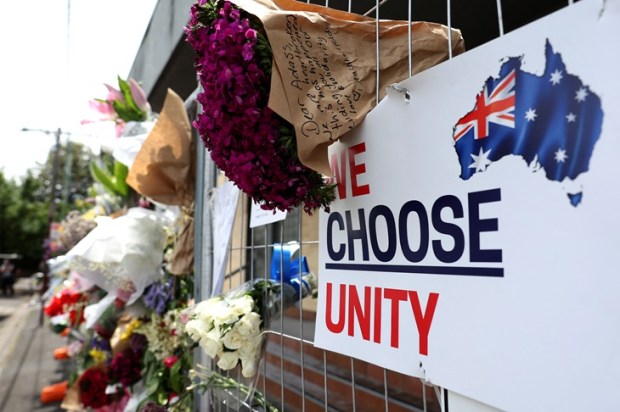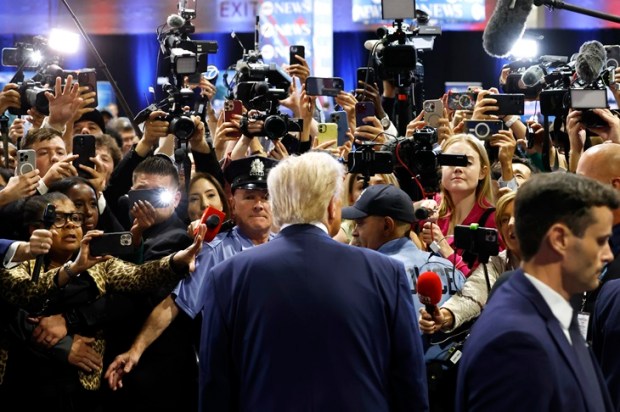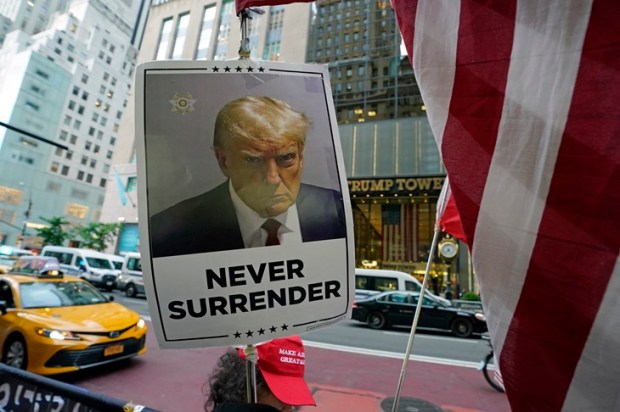The pamphlets to be sent to all households in Australia setting out the ‘Yes’ and ‘No’ cases for the referendum on an Indigenous-only Voice to Parliament have been finalised by the respective sides.
The pamphlet for the ‘No’ case has come in for the most criticism, notably for having the audacity to include accurate quotes from pro-Voice advocates. The ‘No’ campaign has vastly fewer resources than the ‘Yes’ campaign, but the great equaliser ended up being rhetoric directly from ‘Yes’ campaigners which aided the ‘No’ case. But having this pointed out in the ‘No’ pamphlet itself has driven one of those so cited, a constitutional law professor, ‘apoplectic’.
The pamphlet for the ‘Yes’ case sets out eight ‘Reasons to vote Yes’, yet on close inspection these could really be cut down to two or three, such is the lack of detail in their appeal.
Reason number one for the ‘Yes’ case is that the idea for the Voice came ‘directly from Aboriginal and Torres Strait Islander people’. This must be the only contested political debate in Australian history where one of the primary arguments justifying the claim made by one side is that they are arguing for it. Imagine an industrial relations dispute in which the primary argument relied upon by the unions, or a business group, for an outcome is because it is what they want. Yet this circular reasoning has been a recurring feature of the ‘Yes’ case. Voting ‘Yes’ for an Indigenous Voice is ‘the right thing to do’. Why? Because Indigenous Australians have asked for it.
Reason number four is that the Voice will ‘bring the country together’. You would be forgiven for being perplexed that those opposed to creating a constitutionally enshrined body to represent some Australians and not others are labelled ‘divisive’, while those advocating for such a body argue it is unifying. But such is the nature of 21st Century political discourse.
The remaining six reasons are all variations on the same theme: that the Voice will produce better ‘results’. Reason two, ‘constitutional recognition for concrete results’. Reason three, ‘ensure people have a better life’. Reason five, ‘save money’. Reason six, ‘the time is now’, goes on to say that voting ‘No’ means ‘nothing will change’ and we will have to accept worse ‘life expectancy’, ‘results in education and employment’, and ‘outcomes in health’ for Indigenous Australians, whereas a ‘Yes’ vote will ‘break this cycle’. In an effort to pad out the document, Reasons seven and eight say pretty much the same thing: ‘practical advice that works’ and ‘making government work better’.
The ‘Yes’ case leans heavily on the Voice producing better results, whether measured in social outcomes, money saved, more efficient government, or otherwise. And here is where the pamphlet smashes headlong into the same fatal flaw that has characterised the ‘Yes’ campaign from the very beginning. Aside from eight brief dot-point ‘design principles’, the Prime Minister and Voice proponents are still stubbornly refusing to release any detail about how the Voice will actually operate.
This begs the question, if the primary argument in favour of the Voice is that it will produce ‘results’, how can that possibly be assessed if we don’t know how it will operate?
If a business plans to improve profitability, investors are entitled to know how that will be achieved, whether by slashing staff costs, investing in innovation, or via a new marketing campaign. Investors will have their own views on the likely effectiveness of those strategies and the probability of success might differ widely depending on the details of the strategy proposed. But with the Voice, the proponents have not provided any detail on who the members of the Voice will be, how often the Voice will meet, what is meant by ‘representations’, how the Voice is expected to make its representations, and the legal consequences of the representations not being listened to.
Even the much-discussed, but rarely read, Calma-Langton report provides no answers. The Institute of Public Affairs researched the report in detail, and it answers none of the key questions about the Voice; questions such as who does the speaking, when do they speak, how do they speak, or how are they chosen. The outcomes the Voice might produce could vary wildly, depending on the answer to these still unanswered questions.
A referendum has historically only been held when the federal government does not have the power to do something, such as the referendum to give the Commonwealth the power over social security, or to make procedural changes, such as the referendum to change how Senate vacancies are filled.
In this case, there is no question that Parliament already has the power to obtain advice from Indigenous Australians and create a Voice, and there is no suggestion that any constitutional procedures interfere with this ability. According to the official referendum pamphlet, the primary justification for enshrining the Voice in the Constitution – six of the eight reasons no less – is that it will achieve a result.
But crucially, the ‘Yes’ campaign and its pamphlet fail to give voice to how this might be achieved.
John Storey is the Director of the Legal Rights Program at the Institute of Public Affairs.

























